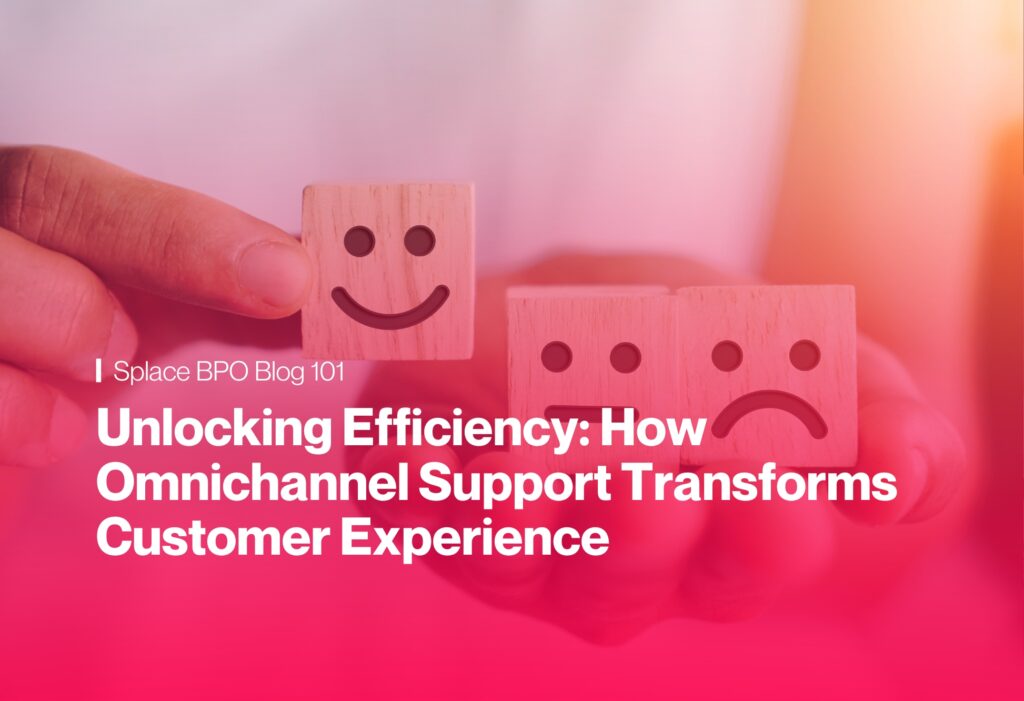Business Process Outsourcing (BPO) is a highly competitive industry where providing high-quality service while preserving profitability is crucial. The significance of Key Performance Indicators (KPIs) in ensuring that BPOs operate at their best cannot be overstated. BPO firms may boost performance, increase customer happiness, and boost bottom-line outcomes by comprehending and evaluating these data.
KPIs have been a cornerstone of the business world for a very good reason for a very long time. They're a terrific way to gauge how well your company is doing overall in all three major areas: profitability, growth, and operational performance, such as cost-cutting or productivity increases.
The KPIs provide the ability to evaluate the situation with both the short-term aims and long-term goals set by management teams. This helps to ensure that everyone is on the same page regarding what needs to be done to ensure that every element is finished successfully.

Top 10 BPO KPIs.
1. First Call Resolution (FCR)
FCR measures the effectiveness of a BPO in addressing customer issues or inquiries during the initial interaction. A higher FCR indicates that the service is efficient and requires minimal follow-up, thus enhancing customer satisfaction.
In addition, FCR is a metric for measuring customer experience (CX), and it offers suggestions for enhancing CX strategies for businesses. Additionally, it is a reliable predictor of a company's responsiveness and operational effectiveness. Other customer service indicators, such as customer satisfaction, customer effort, or how much work a customer must expend to connect with a firm, customer encounters, and average expenditure are also driven by FCR.
2. Average Handling Time (AHT)
While immediate resolution of problems is important, thoroughness must also be ensured. AHT strikes a balance by accounting for all call-related time, including conversation, hold, and after-call work. BPOs may better manage their resources and raise the caliber of their services by optimizing AHT.
Average Handle Time may be determined by a company on a “per-call” basis, which means that although follow-up chores such as after-call work and CRM system changes are taken into account in the AHT calculation, follow-up calls are not.
Average Handle Time is most frequently used for phone conversations, but it also applies to other voice and digital communication channels like live chat, SMS, and video conferencing that are used to handle customer support inquiries.
3. Customer Satisfaction Score (CSAT)
Customer feedback serves as the foundation for the CSAT metric. In essence, it gauges the proportion of clients who are happy (or extremely happy) with the offerings. The higher the CSAT score, the more favorable client feedback there is. On the other hand, A direct reflection of service quality, CSAT is derived from post-interaction surveys. This metric allows BPOs to understand the areas they excel in and those that need improvement.
4. Net Promoter Score (NPS)
The ratio of consumers who say they will suggest a product or service to those who will do the exact opposite is known as the net promoter score (NPS). When developing a suitable NPS for a contact center using all of these measures, there are several crucial presumptions to take into account. Going beyond just satisfaction, NPS gauges customer loyalty. By asking customers how likely they are to recommend the service, BPOs get insights into their overall performance and brand perception.
5. Call Abandon Rate
A high abandon rate often signals long wait times or inadequate staffing. Monitoring this KPI ensures that customer calls are addressed promptly.
Customer attrition lost income, and increased call center operational costs are all consequences of high call abandonment rates. The call center abandonment rate is a crucial KPI for assessing customer satisfaction levels, agent performance, and even call center management tactics, whether it's because of extended hold times, understaffing, or a lack of consumer self-service choices.
6. Service Level
Often defined as “X% of calls answered within Y seconds”, this KPI ensures that customers are attended to within an acceptable time frame, reflecting the responsiveness of a BPO.
Real-time service level monitoring is crucial because it gives you a live gauge of how well your call center is doing right now. You must be aware of any fluctuations in the service level once to address the issue. Numerous problems, such as unanticipatedly high call traffic, unscheduled service interruptions, or significant agent absenteeism, may have an impact on service level.
7. Error Rate
Mistakes can be costly. By monitoring error rates, BPOs can ensure that their processes are accurate, reducing rework and enhancing customer trust.
Companies that outsource call centers have developed a set of guidelines and tactics for handling this quality. The error rate is determined by dividing the total number of mistakes by the total number of transactions. The operating expense rises in direct proportion to the mistake rate. Therefore, fixing such issues should be a greater priority. With the use of an automated verification procedure, error rates can be reduced.
8. Occupancy Rate
This KPI measures agent productivity, showing how much of their logged-in time is spent handling customer interactions. A BPO may determine if the staffing level is appropriate for any particular period by looking at the occupancy rate and service level together. Very significant! How about occupancy on its own, though? It works best as a gauge of “agent burn-out.”
High occupancy rates (over 85%) are generally agreed to be unsustainable for periods longer than a few hours. Agents only get a total of 9 minutes of non-call time in any given hour when there is an agent occupancy of 85%.
9. Schedule Adherence
For a BPO, workforce management is crucial. Schedule adherence KPI ensures that agents stick to their allocated schedules, ensuring optimal staffing at all times. Schedule adherence is calculated as a percentage by dividing the total time an agent is scheduled to work by the time they are available for calls.
10. Average Wait Time
Nobody likes waiting. This KPI, which measures the average time a customer waits before connecting with an agent, directly impacts customer satisfaction.
High adherence rates are frequently used by businesses to evaluate the effectiveness of their contact centers and the adherence to schedules, but they should also check how well their employees follow internal communication and workflow regulations. The majority of call and contact centers establish a target % for schedule adherence that includes an extra safety net beyond planned meals and breaks.
Managers at contemporary contact centers employ technologies to monitor agents' compliance in real-time. Additionally, they have access to other adherence information like average handling time and calls per hour. To evaluate and enhance schedule adherence and make sure a staff person is being employed to their full potential, these measures are all used collectively.
In A Nutshell
In the fast-paced BPO industry, staying ahead of the curve is essential. KPIs act as the compass, guiding BPOs in their journey towards excellence. By consistently monitoring, analyzing, and acting on these metrics, BPOs can not only enhance their service quality but also ensure sustained growth in an ever-evolving business landscape.
Whatever measurements are being monitored, the end aim should be to assist in improving business results and streamline operations, not only to reduce costs or increase revenue. At Splace, these KPIs are closely regarded and tracked to provide top-notch customer service. The organization aspires to grow its clients and accomplish its objectives.
Sign up right away to find out how Splace can make your company leaner, quicker, and more prepared to serve clients in today's market.
About SPLACE
SPLACE is a dynamic and innovative business process outsourcing company that offers a wide range of outsourcing services to businesses worldwide. With a focus on delivering high-quality solutions, virtual assistance, IT solutions, and exceptional customer service, SPLACE has established the company as a trusted outsourcing and call center service provider to companies across various industries.
SPLACE comprises experienced professionals who deliver customized and cost-effective solutions to meet every client's business needs. The company believes in the power of technology and innovation to drive growth and success, and its main focus is helping clients succeed in an ever-changing business landscape.
Clients looking for support in data management, customer service, virtual assistance, technical support, or any other outsourcing need can seek help from the SPLACE BPO firm.
If you are interested in Splace’s Business Process Outsourcing Solutions,
Email: ceo@splacebpo.com or call us at
US: +1 929 377 1049 CA: +1 778 653 5218 UK: +61 483 925 479 AU: +61 483 925 479 NZ: +64 9 801 1818
NL: +31 20 532 2142










